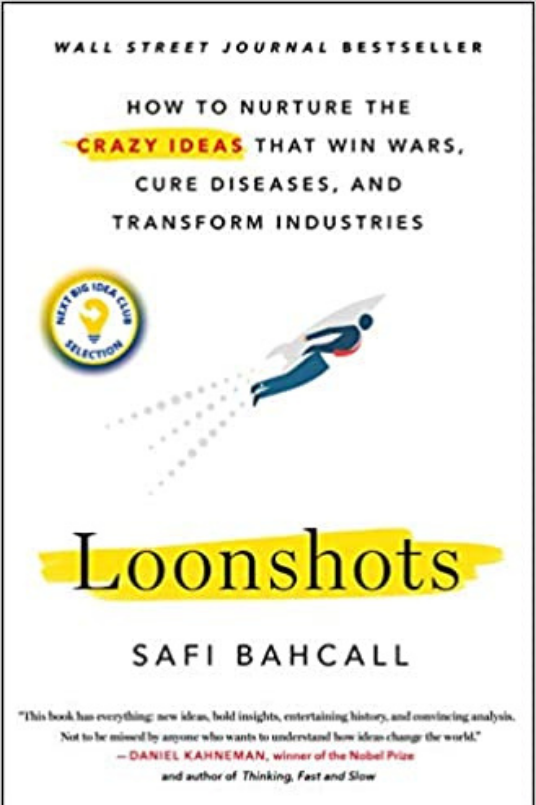The main insight for me is that we have to start thinking about structure as much as we think about culture.
The way we set up structures, within organizations, will determine the types of incentives available. And incentives will drive behavior. And behavior will drive culture and results.
It all starts with structure.
This is a great book, mainly, for business owners, founders, and leaders who have the ability to influence how a structure is set up within an organization.
Yet, I’d argue that we are all part of different organizations and we could take a leadership role in any of these (families, friendships, etc.) and influence it to grow and achieve better results.
Flow: 5/5
Actionability: 5/5
Mindset: 5/5
Some of My Highlights:
“We can think of the two competing incentives, loosely, as stake and rank.”
“…the US Navy already held the key to winning that race. They’d had it for eighteen years. They just didn’t know it.”
“General had no interest in the views of ‘damn professors,’ their term for civilian scientists.”
“Efficiency systems such as Six Sigma or Total Quality Management might help franchise projects, but they will suffocate artists.”
“Sir James leaned over, patted my knee, and said, ‘Ah, my boy-it’s not a good drug unless it’s been killed at least three times.”
“In the real world, ideas are ridiculed, experiments fail, budgets are cut, and good people are fired for stupid reasons.”
“Endo’s journey, from start to ultimate validation with the FDA approval of the first statin, lasted sixteen years.”
“Later, Folkman would say, ‘You can tell a leader by counting the number of arrows in his ass.'”
“Many of the biotech and pharma companies today have learned to separate the roles of inventor and champion.”
“But great champions are much more than promoters. They are bilingual specialists, fluent in both artist-speak and soldier-speak, who can bring the two sides together.”
“Listening to the Suck with Curiosity (LSC) – overcoming the urge to defend and dismiss when attacked and instead investigating failure with an open mind.”
“Deaths from P-type loonshots tend to be quick and dramatic.”
“Death from S-type loonshots tend to be more gradual and less obvious.”
“Trippe had played possibly the highest-stakes game of business poker in corporate history…”
“Today, the combined market value of Microsoft and Intel, the two tiny vendors IBM hired, is close to $1.5 trillion, more than ten times the value of IBM.”
“The familiar story of the decline of industry Goliaths beings with decades of success, after which the proud old company grows stale. It loses its hunger.”
“Newton and Jobs were great synthesizers.”
“After a bad move costs him a game, however, Kasparov analyzes not just why the move was bad, but how he should change the decision process behind the move.”
“Systems mindset means carefully examining the quality of decisions, not just the quality of outcomes.”
“It was Jobs, for example, who insisted on timing the Pixar IPO with the Toy Story release, and Jobs who negotiated the Pixas deals with Disney. But he was asked to stay out of the early feedback loop on films.”
“I discovered that the best innovation is sometimes the company, the way you organize.” – Walter Isaacson
“In other words, as mentioned earlier, the weak link is not the supply of ideas. It is the transfer to the field.”
“The number of direct reports is called ‘management span.’ In US companies, the average management span has been between five and seven for many years, although recent studies have suggested the span has grown as high as ten.”
“The greater your skill on the projects to which you have been assigned, which we can call project-skill fit, the more likely you are to choose project work. The lower your project-skill fit, the more likely you are to choose politics.”
“What matters for our purposes, in our simple-model organization, is the ratio between project-skill fit and return-on-politics.”
